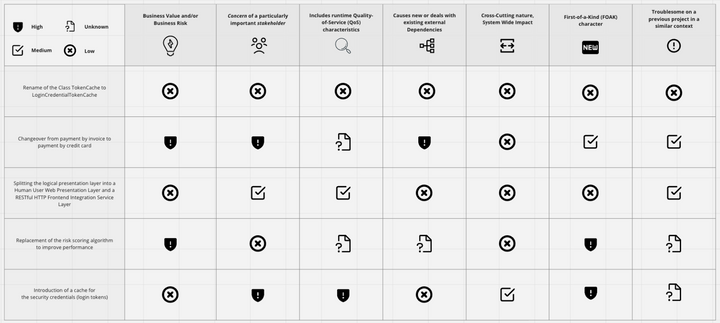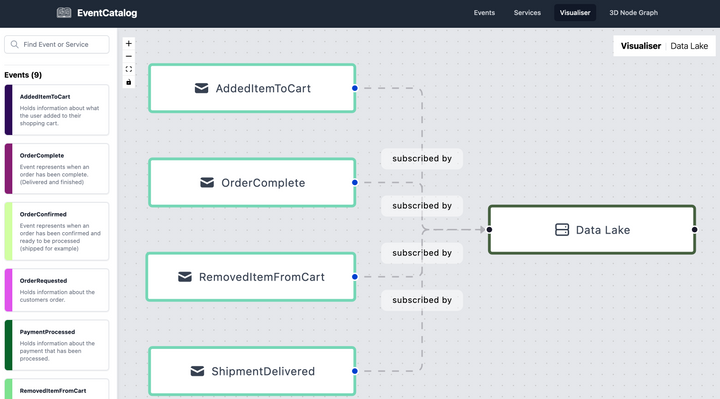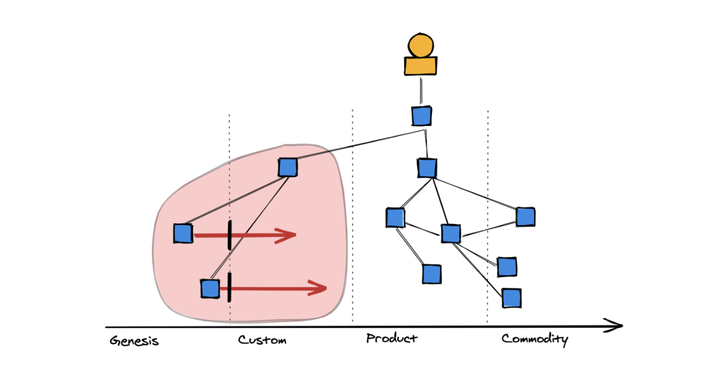🔥 Tech Blips #23.2
In this technology newsletter: Architecture Characteristics Worksheet, Replay, D2 Diagram Scripting Language and Tauri.

Every month month I try to summarise some techniques, tools, languages and frameworks or platforms on the cloud and web horizon that are worth taking a look at.
TL;DR in this technology newsletter
- Techniques: Architecture Characteristics Worksheet
- Tools: Replay
- Frameworks & Languages: D2 Diagram Scripting Language
- Platforms: Tauri
Quality goals or non-functional requirements determine the software architecture of a system.
Mark Richards (DeveloperToArchitect.com) has created a clear worksheet to prioritise the driving characteristics of a software system.
I really like this worksheet for characterising the quality attributes of a system.
It's worth taking a look at this worksheet.

Watch Mark Richards yt video about the Architecture Characteristics Worksheet 👇
With Replay, you can record a browser session to create a shareable replay for collaborative troubleshooting.
The replay isn't just video - everything that happens in the browser is recorded so you can check everything at any point in time, including HTML elements, JavaScript execution, network requests, user events, and the state of React components.

Replay is mainly used by developers to reproduce and debug issues with web apps.
Common use cases:
- Developers recording a bug in their local environment to share with their team.
- QA or Test engineers recording bugs in test, stage or production environments to include with defect reports
- Recording of automated tests for easy troubleshooting
- Support teams who record reproduced user issues to submit bug reports.

Take a look at yt video where Kevin Ghadyani and Mark Erikson talk about Replay.
D2 is a scripting language for diagrams that converts text into diagrams. It stands for Declarative Diagramming. Declarative, that is, you describe what you want to represent in a diagram, and it generates the image.

D2 has a single goal: to make diagramming an enjoyable experience for engineers. Many tools can claim that for simple diagrams, but once you get to slightly more complex diagrams - and those are the ones that are needed most - the fun stops.
Tauri is an open-source framework for building fast, secure, and scalable desktop applications using web technologies, such as HTML, CSS, and JavaScript. It allows developers to create desktop applications that can run on Windows, macOS, and Linux platforms with a single codebase. The framework provides a set of APIs and tools that allow developers to access the underlying operating system and hardware functionality, such as native file system access, notifications, and more.

What are the advantages of Tauri compared to Electron?
- Performance: Tauri is designed to be faster and lighter than Electron. It uses Rust programming language to provide low-level access to system resources, which results in faster and more efficient performance. Electron, on the other hand, uses Node.js and Chromium, which can result in slower performance and increased memory usage.
- Security: Tauri is designed with security as a top priority. It provides a secure sandbox environment for applications and prevents access to the underlying system unless explicitly allowed by the application. Electron, on the other hand, can potentially be vulnerable to security risks such as cross-site scripting (XSS) and remote code execution (RCE) attacks, as well as other security issues that arise from the use of Node.js.
- Size: Tauri applications tend to be smaller in size than Electron applications due to its optimized runtime and more efficient use of system resources.




Comments ()